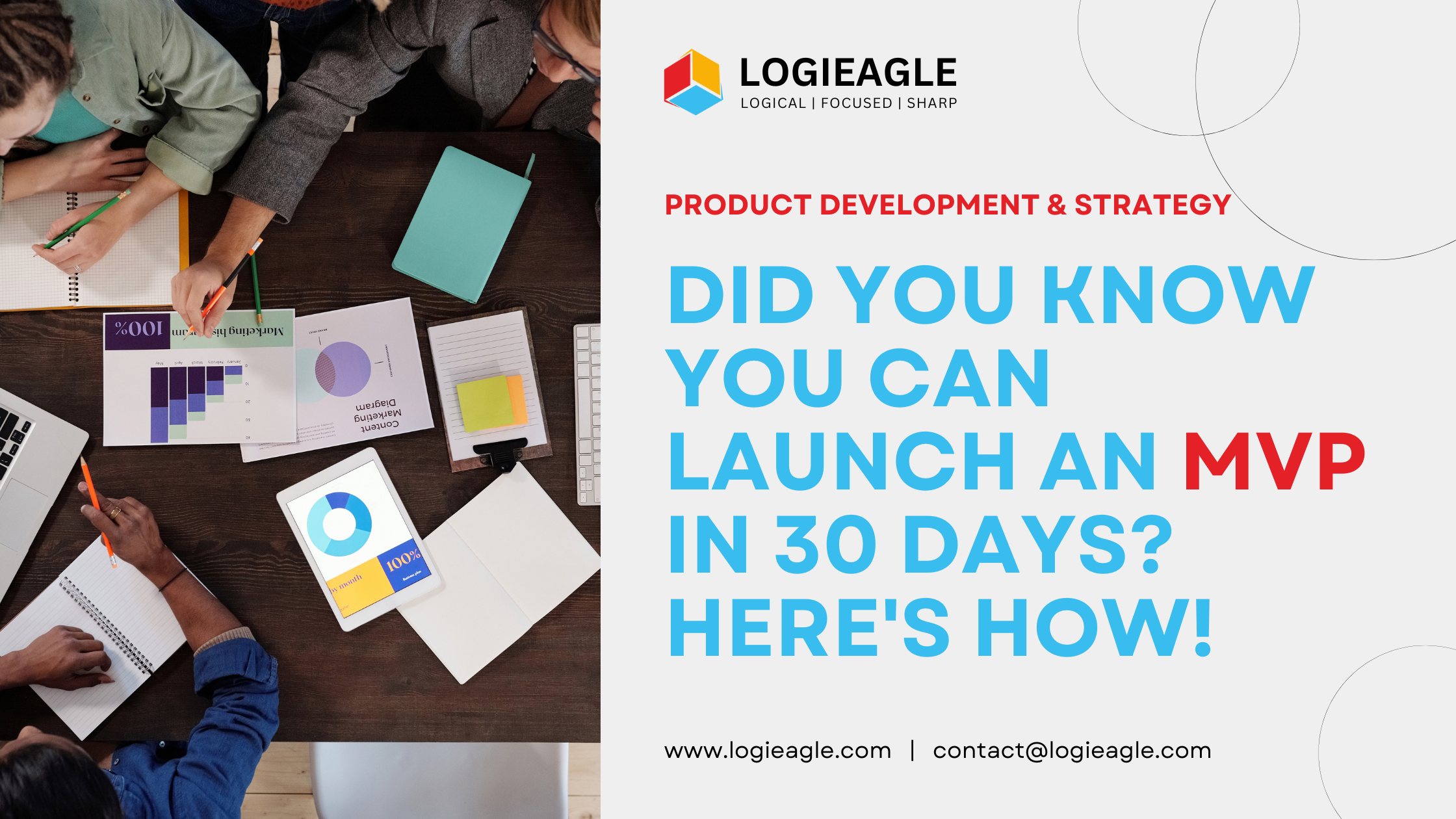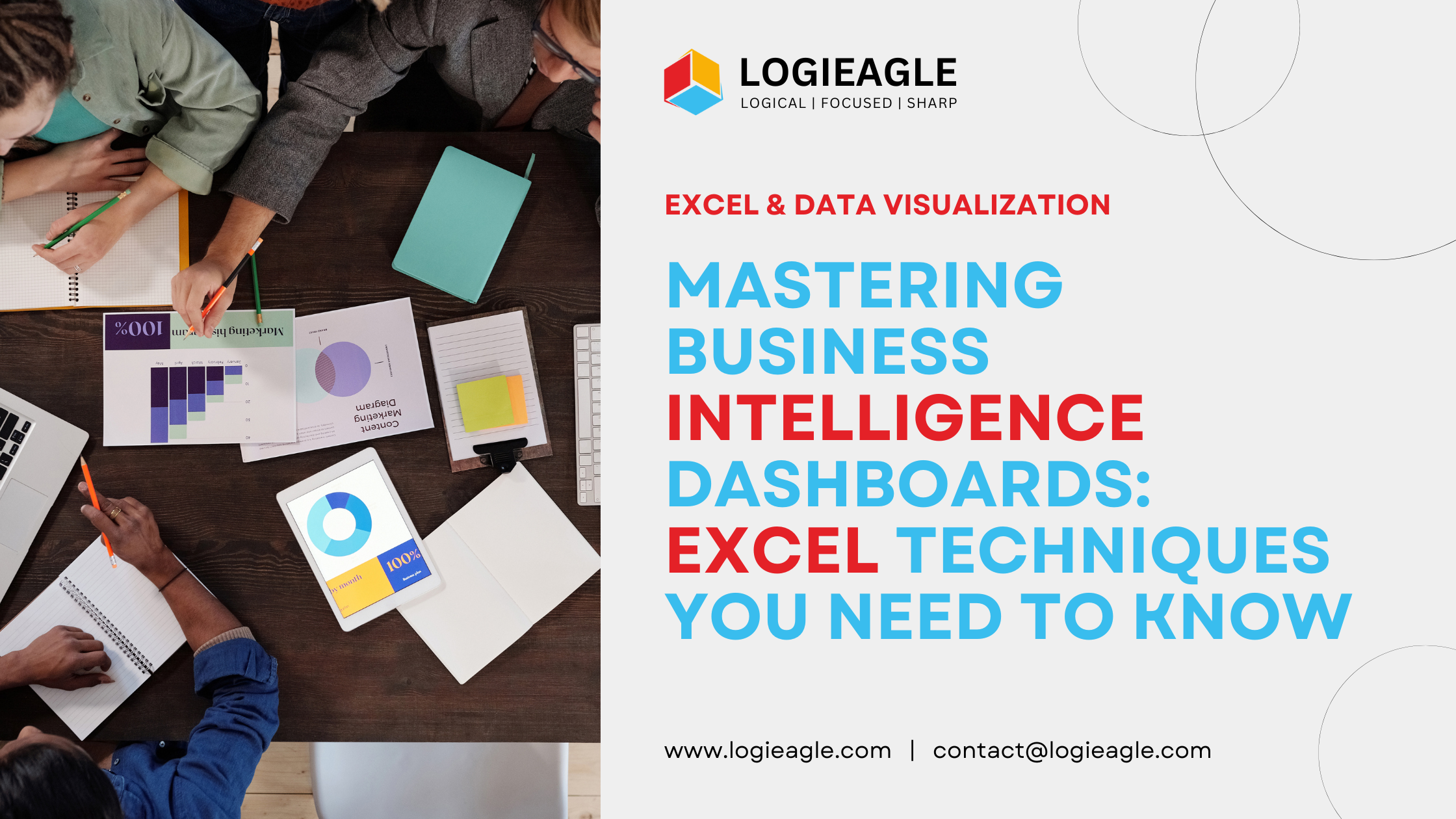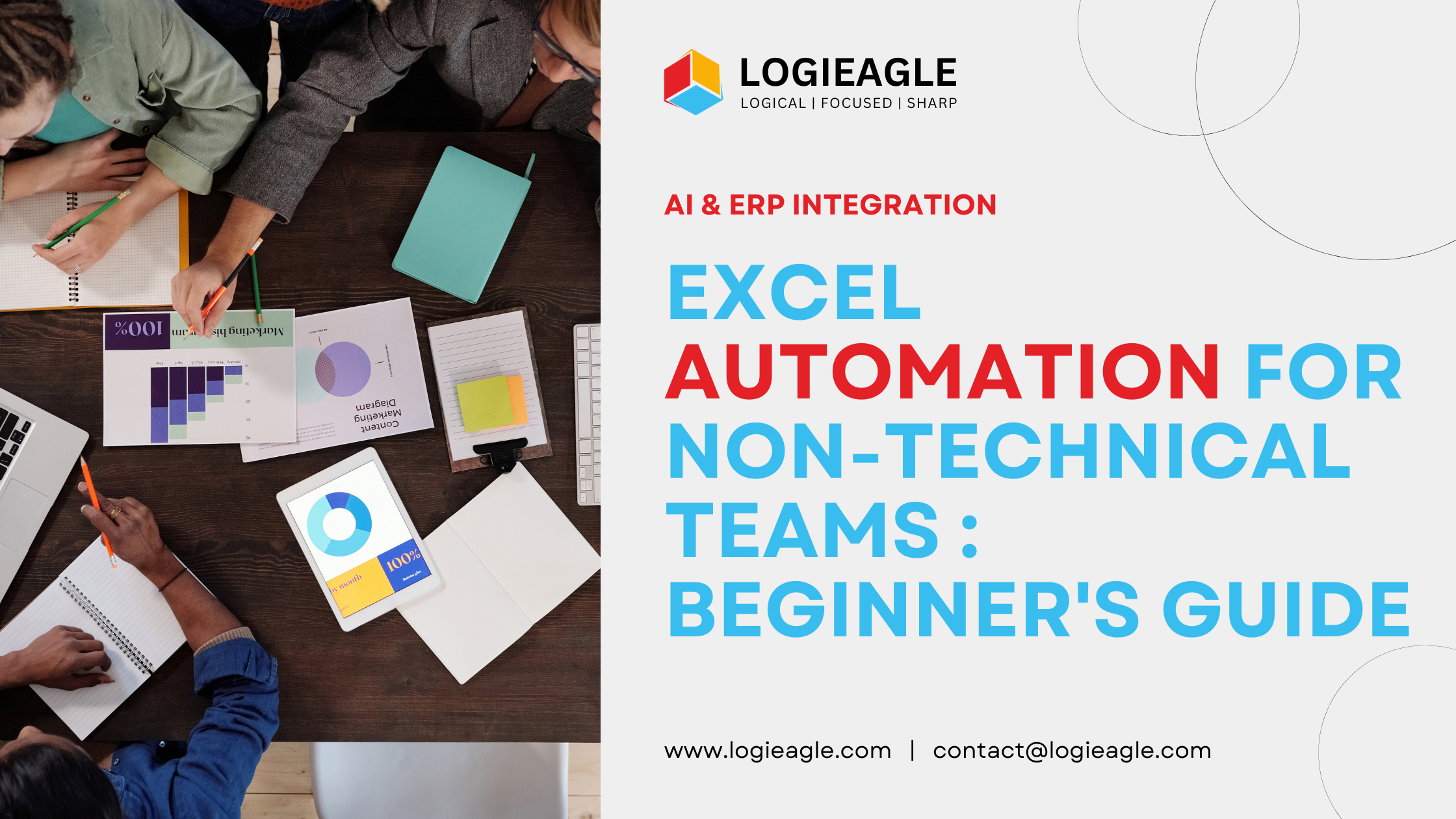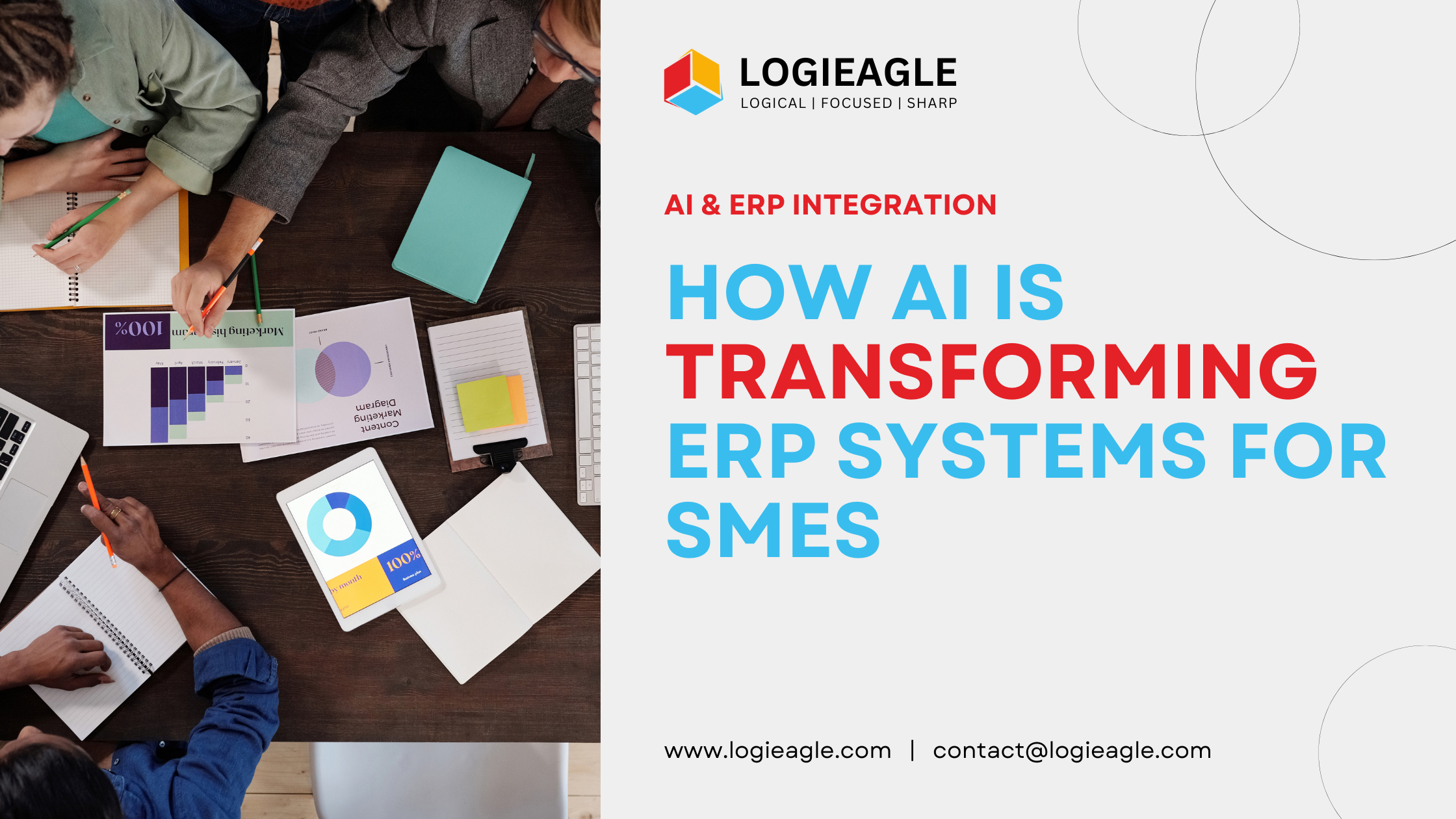
In today’s digital age, data is being generated at an unprecedented rate. This explosion of information, often referred to as Big Data, holds immense potential for insights and innovations across various fields. However, harnessing this potential requires sophisticated tools and technologies. In this blog, we’ll explore some of the essential tools and technologies you should know for effective Big Data analytics.
1. Hadoop Ecosystem
Hadoop is a cornerstone in the Big Data landscape. It provides a robust framework for processing and storing large datasets across distributed computing environments. The core components of Hadoop include:
- HDFS (Hadoop Distributed File System) :
It stores data across multiple machines, providing redundancy and high availability. - MapReduce :
A programming model for processing large datasets with a parallel, distributed algorithm on a cluster. - YARN (Yet Another Resource Negotiator) :
Manages resources and scheduling jobs.
Other notable components of the Hadoop ecosystem include Hive for SQL-like querying, Pig for data flow scripting, and HBase for non-relational, distributed databases.
2. Apache Spark
Apache Spark is an open-source, distributed computing system that provides an interface for programming entire clusters with implicit data parallelism and fault tolerance. Unlike Hadoop’s MapReduce, Spark processes data in-memory, which significantly increases performance for certain applications. Key features include:
- Spark SQL :
For SQL and structured data processing. - Spark Streaming :
For real-time data processing. - MLlib :
A machine learning library. - GraphX :
For graph processing.
3. NoSQL Databases
Traditional relational databases often fall short when it comes to handling the velocity, volume, and variety of Big Data. NoSQL databases address these challenges with flexible schemas and horizontal scaling. Popular NoSQL databases include:
- MongoDB :
A document-oriented database that stores data in JSON-like documents. - Cassandra :
A column-family database designed for high availability and scalability. - Redis :
An in-memory key-value store known for its speed.
4. Data Warehousing Solutions
For organizations needing to perform complex queries and analysis on large datasets, modern data warehousing solutions are essential. These solutions include:
- Amazon Redshift :
A fully managed data warehouse that makes it simple and cost-effective to analyze all your data using standard SQL and existing Business Intelligence (BI) tools. - Google BigQuery :
A serverless, highly scalable, and cost-effective multi-cloud data warehouse designed for business agility. - Snowflake :
A cloud-based data warehousing solution that offers data storage, processing, and analytic solutions that are faster and easier to use.
5. Data Integration and ETL Tools
Effective Big Data analytics requires integrating data from various sources. ETL (Extract, Transform, Load) tools are crucial for this process:
- Apache NiFi :
An open-source data integration tool that supports powerful and scalable directed graphs of data routing, transformation, and system mediation logic. - Talend :
Provides a range of data integration and integrity tools. - Informatica :
Offers comprehensive data integration and management solutions.
6. Data Visualization Tools
To derive actionable insights from Big Data, it’s essential to visualize data effectively. Some of the leading data visualization tools include:
- Tableau :
Renowned for its ability to create a wide range of visualizations that can be combined into dashboards and stories. - Power BI :
A suite of business analytics tools to analyze data and share insights. - QlikView :
Provides self-service BI that empowers users to explore vast amounts of data and derive insights.
7. Machine Learning and AI Frameworks
Machine Learning (ML) and Artificial Intelligence (AI) are pivotal in extracting deeper insights from Big Data. Essential frameworks include:
- TensorFlow :
An open-source framework by Google for numerical computation and large-scale machine learning. - PyTorch :
An open-source ML framework that accelerates the path from research prototyping to production deployment. - Scikit-Learn :
A simple and efficient tool for data mining and data analysis, built on NumPy, SciPy, and matplotlib.
Conclusion
Big Data analytics is transforming industries by unlocking the value hidden within vast amounts of data. To navigate this complex landscape, understanding and leveraging the right tools and technologies is crucial. Whether you’re dealing with data storage, processing, integration, visualization, or machine learning, the tools mentioned above are among the best available for tackling Big Data challenges. By mastering these, you can drive innovation and make data-driven decisions that propel your organization forward.
 From Chaos to Clarity: The Ultimate Guide to Automating Financial Reports with VBA
From Chaos to Clarity: The Ultimate Guide to Automating Financial Reports with VBA
 Did You Know You Can Launch an MVP in 30 Days? Here's How!
Did You Know You Can Launch an MVP in 30 Days? Here's How!
 Mastering Business Intelligence Dashboards: Excel Techniques You Need to Know
Mastering Business Intelligence Dashboards: Excel Techniques You Need to Know
 Turning Excel into a Scalable Business Tool: A Step-by-Step Guide
Turning Excel into a Scalable Business Tool: A Step-by-Step Guide
 The Psychology Behind Intuitive UX: How to Design for User Comfort
The Psychology Behind Intuitive UX: How to Design for User Comfort
 What Makes a Good MVP? Essential Tips for First-Time Founders
What Makes a Good MVP? Essential Tips for First-Time Founders
 How to Increase User Retention with Game Mechanics in Your App
How to Increase User Retention with Game Mechanics in Your App
 Excel Automation for Non-Technical Teams: A Beginner's Guide
Excel Automation for Non-Technical Teams: A Beginner's Guide
 How AI Is Transforming ERP Systems for SMEs
How AI Is Transforming ERP Systems for SMEs
 Why UX Is the Silent Salesperson in Every App
Why UX Is the Silent Salesperson in Every App